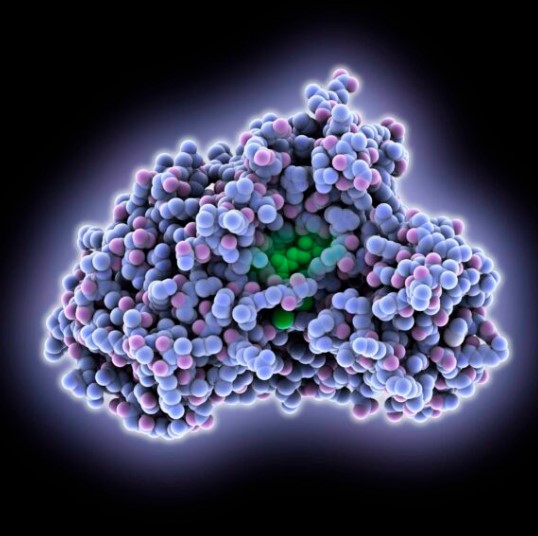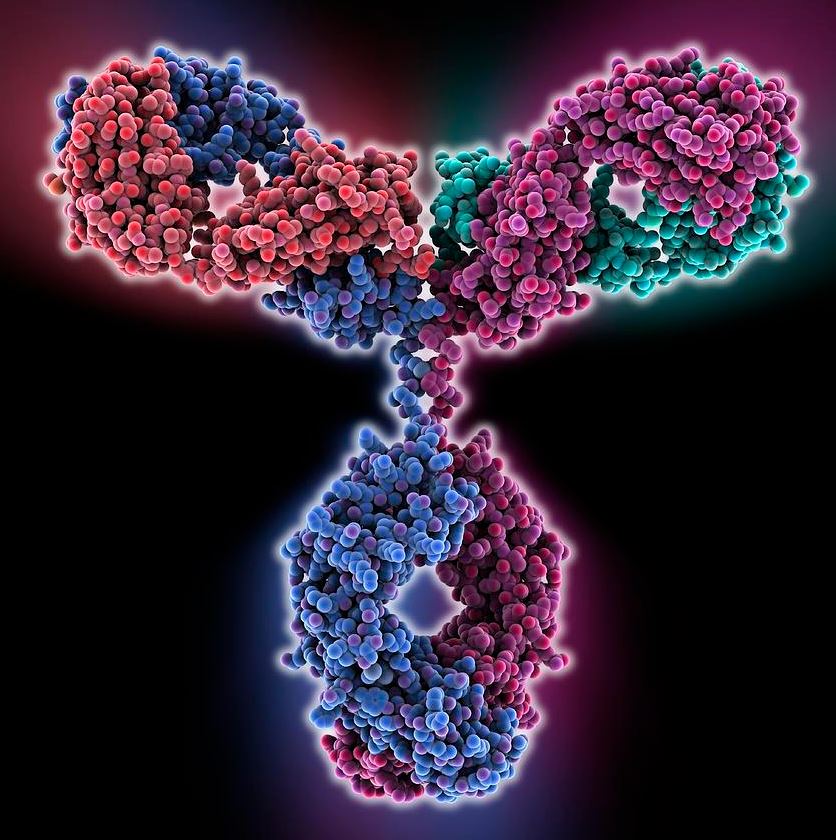Luciferase – The Glowing Biomolecule
Luciferin is the bioluminescent substance that allows certain organisms to produce light. This molecule reacts with the enzyme luciferase in the presence of oxygen, resulting in light emission as a byproduct of this reaction. This phenomenon, known as bioluminescence, can be frequently seen in fireflies, deep-sea animals, and some types of fungi. Additionally, luciferin and luciferase find applications in various biotechnology fields.
- Chemical Nature: Luciferin is not just a single molecule; rather, it represents a class of compounds that vary across different organisms, each possessing its own unique forms of luciferin. For example, fireflies utilize D-luciferin, whereas various marine organisms may rely on coelenterazine or other alternative variants to produce their bioluminescence.
- Light Production: The color of the emitted light is influenced by both the specific structure of the luciferin molecule and the type of luciferase enzyme produced by the organism. This interaction can result in a wide range of colors, including green, yellow, and blue, depending on these biochemical factors.
- Biological Role:
- Predator Evasion: Numerous marine organisms utilize bioluminescence as an effective defense mechanism, producing sudden and bright flashes of light to startle and confuse potential predators. This strategy can provide them with a crucial opportunity to escape from danger.
- Communication: Fireflies employ bioluminescence to attract potential mates and simultaneously warn off rivals. This flashing light not only serves as a signal for courtship but also plays an important role in establishing territory among competing males.
- Luring Prey: Certain species, such as the anglerfish, utilize bioluminescent glowing appendages to attract unsuspecting prey. These light-emitting structures serve as an effective lure, enticing other organisms to come closer and facilitating a successful hunt for the predator.
- Applications:
- Biotechnology: In the field of molecular biology, luciferin and luciferase are extensively employed as reporter genes. These components are essential for tracking gene expression and offer significant insights into various cellular processes. Their ability to produce light in response to biological activity makes them powerful tools for researchers seeking to understand complex mechanisms within living organisms.
- Medical Research: Luciferin and luciferase help visualize intricate cellular processes in live organisms, allowing researchers to gain a deeper understanding of biological functions and disease mechanisms.
- Environmental Monitoring: Researchers utilize luciferin-based assays to effectively detect pollutants in water samples, providing a vital tool for assessing environmental health and ensuring ecosystem safety.
- Energy Efficiency: The reaction is highly efficient, converting almost all the chemical energy into light, which is why bioluminescence is often described as a “cold light.”
Luciferin and luciferase are vital tools for research and natural phenomena, demonstrating the intersection of biology, chemistry, and physics.
Protein Data Bank Molecule of the Month

